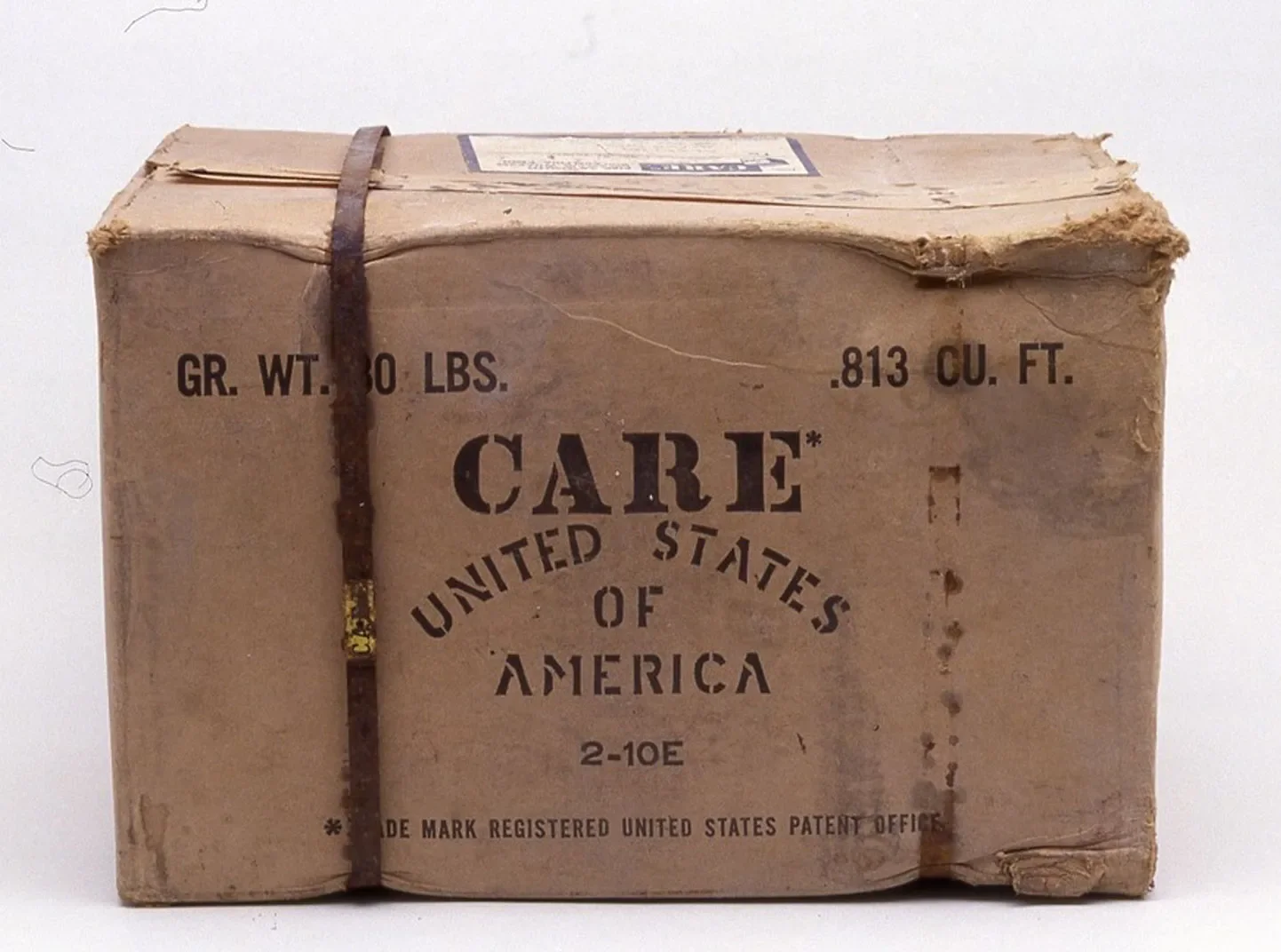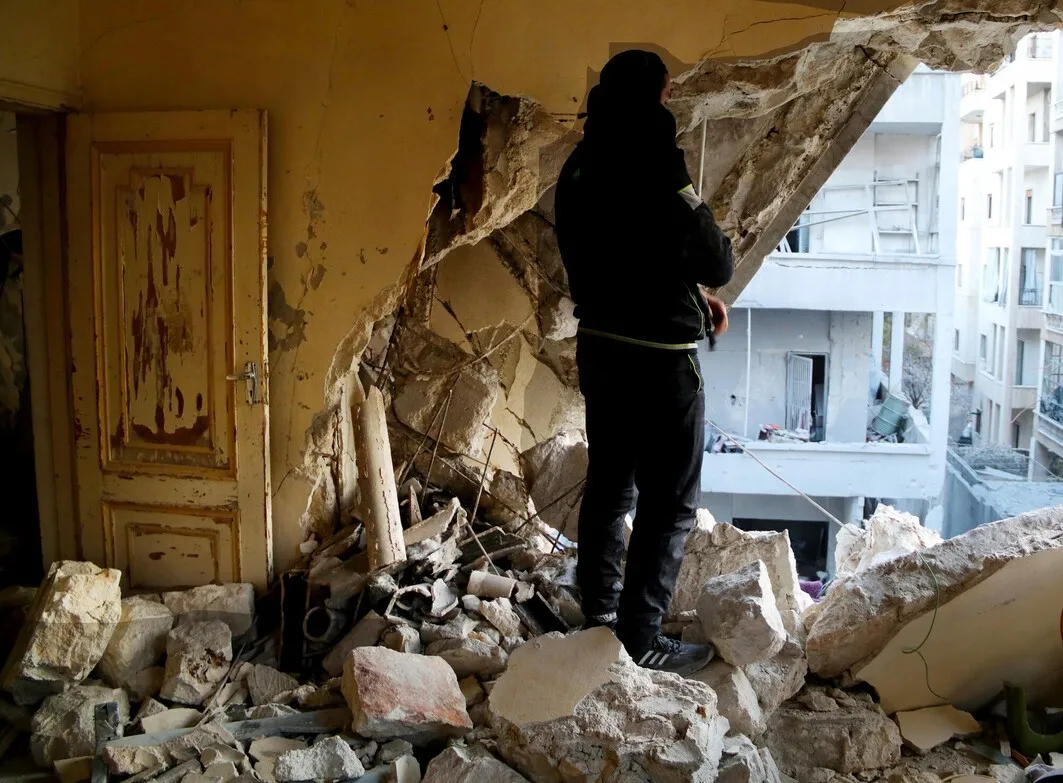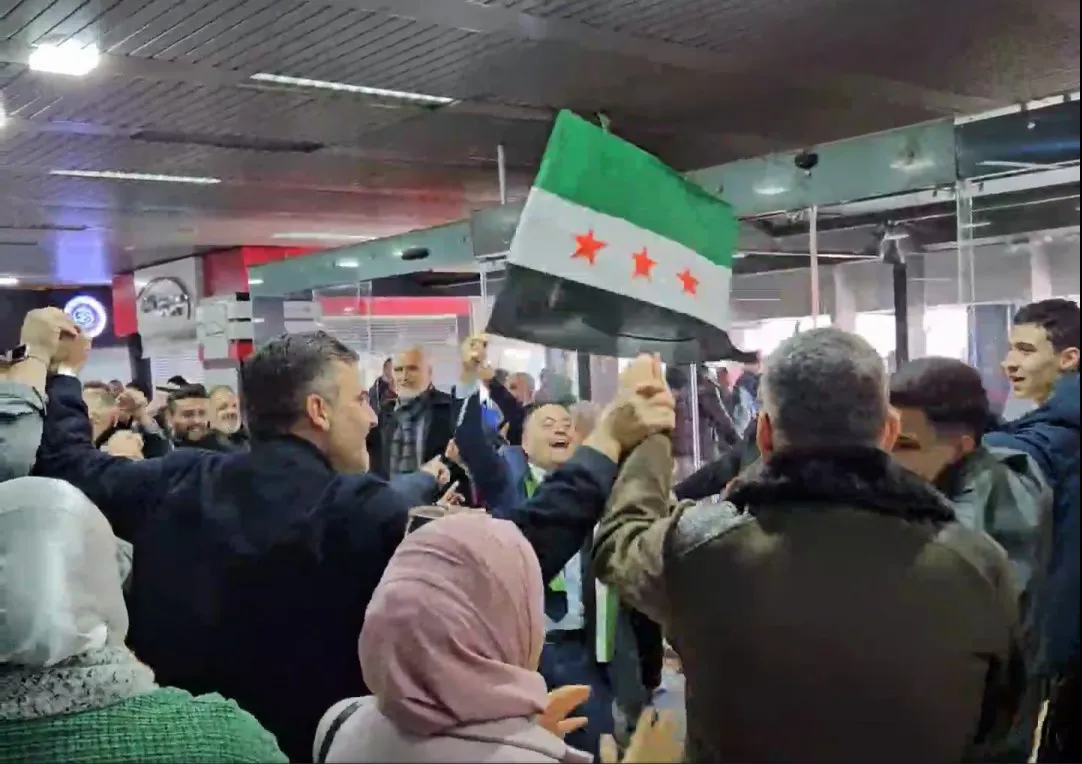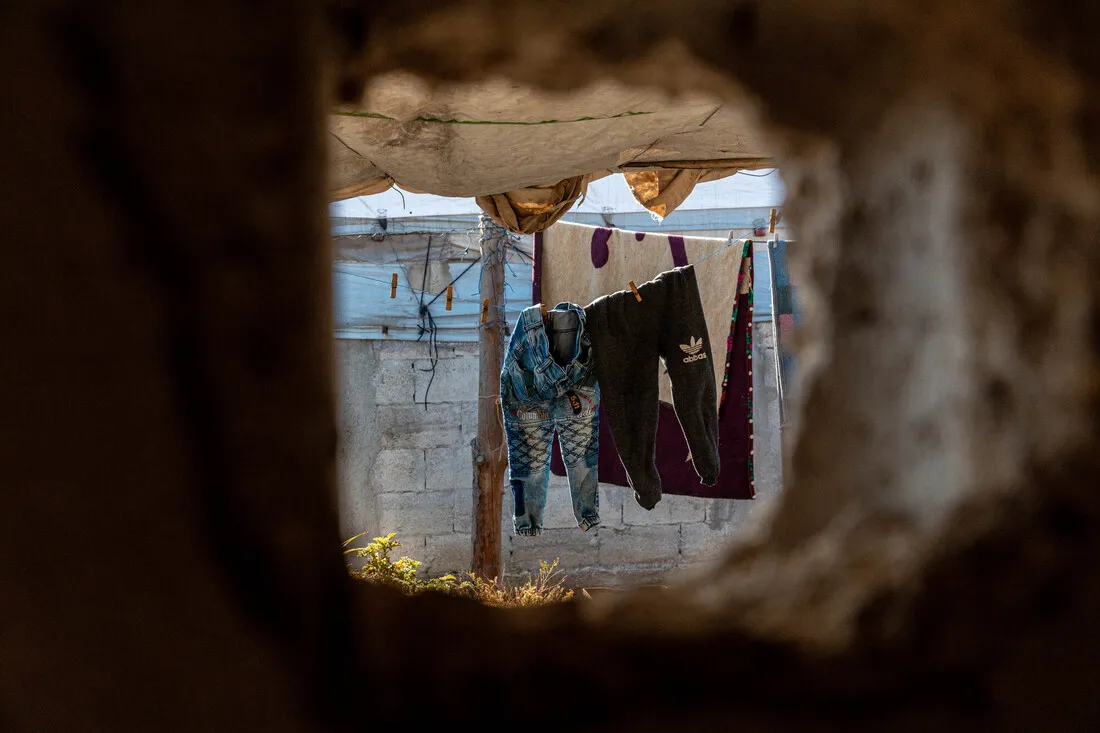Beneath the joy, I could also feel there was immense pain. These are people who have lived through horrific moments. Who knows what they had to endure when they escaped. Now they are returning to Syria, their homeland. But they carry with them trauma, memories of unimaginable sufferings, fears, and nightmares.
I met a gentleman who once worked for a non-governmental organization (NGO) that supported people in Homs, a city often viewed by the government as a rebel stronghold. He was later imprisoned for “supporting” the rebels, the “wrong” people.
And yet here he was, coming back, determined to find closure. His mother became emotional hearing about his trip, as she can no longer travel due to her age and health issues. She told him, “I’m travelling through you.”
“While I’m here, I want to visit that prison,” he told me. “It’s been so many years. I still get nightmares…I wake up at night. I feel startled, sweaty.”
I listened closely, trying to understand.
“I believe seeing that it’s no longer a harsh prison and is more open will help me heal,” he said. I was thinking, he just joined all that singing! Such are the scars that people have. Such are the scars.
Still, the road to my hotel was alive with drums, dancing, and waving Syrian flags. It was quite a moment. And I felt so fortunate to be a part of this experience.
Hope takes flight: Needs remain grounded








